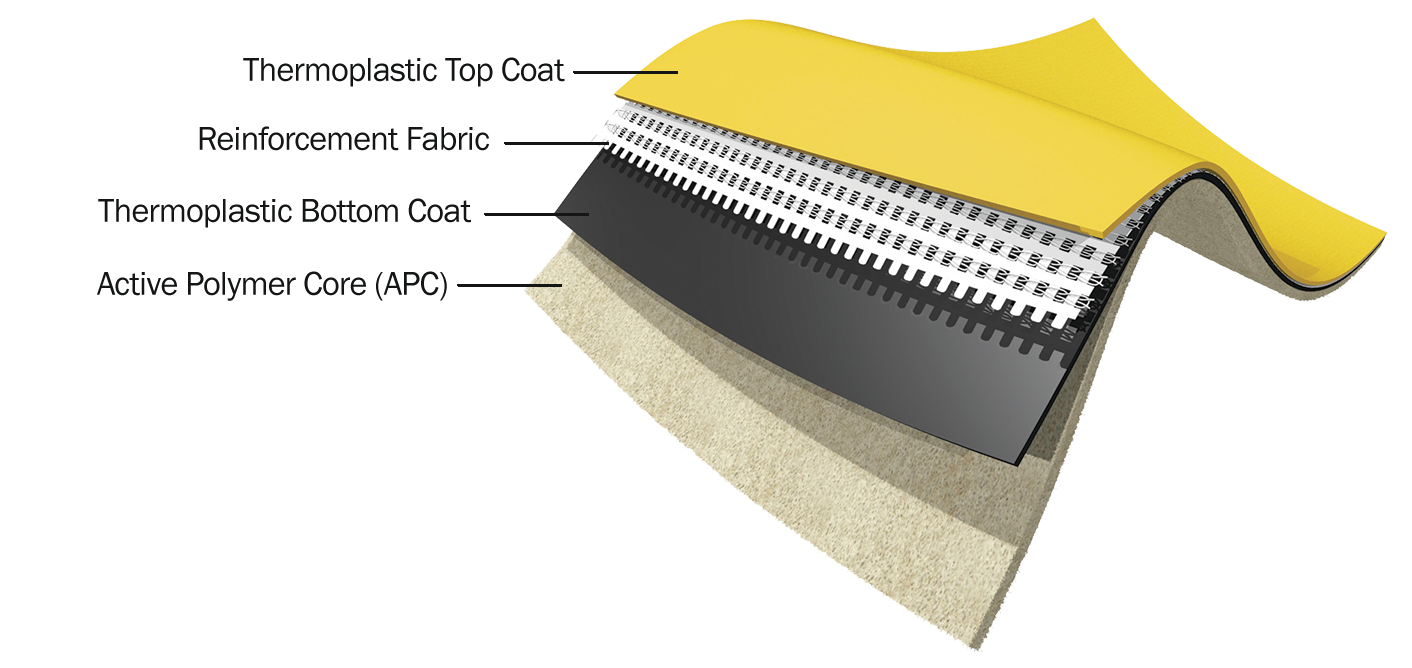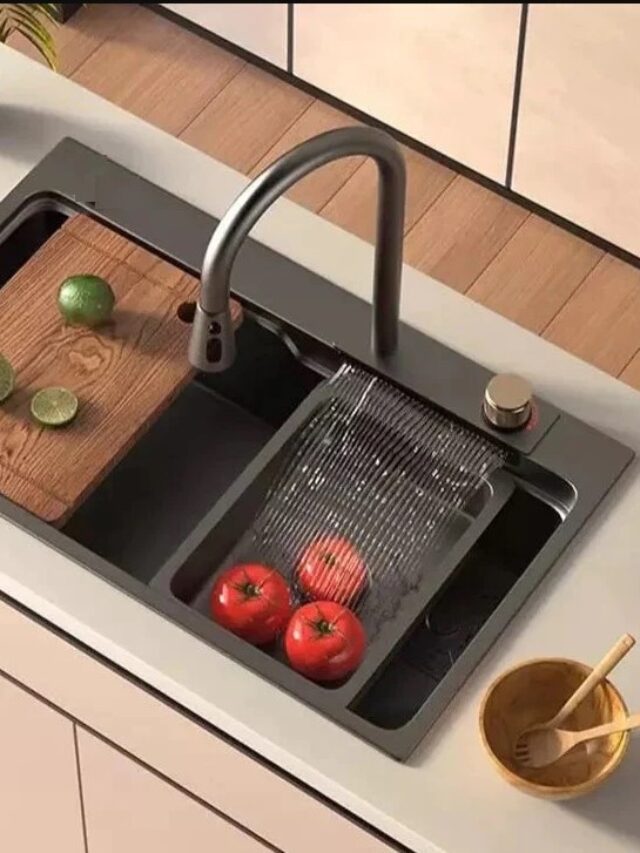If we are dreaming a robust structure of our building it is most important to know the ” BEST WATER PROOFING GUIDE-2024 ” .
Waterproofing is crucial for various reasons, primarily to protect structures, materials, and environments from the damaging effects of water intrusion. Water can cause significant damage to the structural integrity of buildings and other structures. Continuous exposure to water can weaken materials such as concrete, wood, and metal, leading to decay, erosion, and ultimately compromising the stability of the structure.

BEST WATER PROOFING GUIDE-2024
In building construction, structure is waterproofed at different stages before starting of Structure/ sub-structure and post construction of building structure, with the use of membranes and coatings to protect contents and structural integrity.
-
PRE-CONSTRUCTION WATER PROOFING
Pre-construction waterproofing refers to the application of waterproofing techniques and materials before a structure is built. This proactive approach offers several advantages.
- Foundation Protection: Applying waterproofing materials to the foundation before construction helps prevent moisture from seeping into the building. This is particularly important in areas with a high water table or where soil conditions are prone to water accumulation.
- Long-Term Structural Integrity: By waterproofing before construction begins, you create a barrier against water infiltration, reducing the risk of cracks, leaks, and other structural issues caused by moisture over time. This ensures the durability and longevity of the building.
- Seamless Integration: Waterproofing during the pre-construction phase allows for a more thorough and integrated application of materials. This ensures a seamless waterproofing system that covers the entire foundation and critical areas before the structure is built.
-
BASEMENT WATER PROOFING
Basement waterproofing is a critical measure to protect the foundation and interior spaces of a building against water intrusion in the basement area. Here are some key aspects and methods involved in basement waterproofing:
-
- Interior Waterproofing: This method involves managing water that has already entered the basement. It often includes the installation of drainage systems, sump pumps, and sealants on the interior walls to redirect water away from the foundation and prevent it from causing damage.
- Exterior Waterproofing: This approach involves preventing water from entering the basement in the first place. It typically includes the application of waterproof coatings or membranes on the exterior walls, proper grading and sloping of the soil away from the foundation, and the installation of drainage systems like French drains or waterproof barriers.
- Crack Repair: Cracks in the foundation or basement walls are common entry points for water. Repairing these cracks using sealants or epoxy injections is an essential part of waterproofing to prevent water from seeping through.
- Basement Drainage Systems: Installing an effective drainage system, such as interior perimeter drains or exterior French drains, helps collect and divert water away from the foundation, preventing it from accumulating around the basement walls.
- Sump Pump Installation: Sump pumps are commonly used in basements to pump out accumulated water that collects in a sump pit, effectively preventing flooding and water damage.
- Sealing and Coatings: Waterproof sealants, coatings, or membranes are applied to basement walls and floors to create a barrier against water penetration. These materials help prevent moisture from seeping through the concrete or masonry surfaces.
- Proper Ventilation and Dehumidification: Improving ventilation and using dehumidifiers in basements can help control moisture levels, reducing the risk of mold and mildew growth.
- Professional Assessment: Conducting a thorough inspection by a professional waterproofing contractor is essential to identify the specific issues and determine the most suitable waterproofing solutions for the basement.
Basement waterproofing is not only about addressing existing water problems but also about preventing future water-related issues that could compromise the structural integrity of the building and create an unhealthy indoor environment. Investing in proper basement waterproofing can significantly increase the lifespan of the building and ensure a safe and dry living or storage space.
-
POST CONSTRUCTION WATER PROOFING
Post-construction waterproofing refers to the application of waterproofing measures and materials after a building has been constructed. This approach is employed to address existing water infiltration issues or to enhance the existing waterproofing system. Several methods and techniques are utilized for post-construction waterproofing:
- Exterior Waterproofing Membranes: Applying waterproof membranes or coatings on the exterior surfaces of the building, such as walls or foundations, helps create a barrier against water penetration. These membranes act as a protective layer to prevent moisture from reaching the structure.
- Injection Grouting: For existing cracks or gaps in the structure, injection grouting can be used. This involves injecting specialized materials like polyurethane or epoxy resins into the cracks to seal them and prevent further water infiltration.
- Interior Sealants and Coatings: Interior waterproofing involves applying sealants, coatings, or water-resistant paints to interior surfaces, such as basement walls and floors, to prevent moisture from seeping through and causing damage.
- Crack Repair: Repairing existing cracks in walls, floors, or foundations using sealants, epoxy injections, or specialized repair materials is crucial to prevent water ingress through these vulnerable points.
WATER PROOFING MEMBRANE
Waterproofing membranes are materials used to create a protective barrier against water infiltration in various parts of a building, such as foundations, roofs, basements, and other vulnerable areas. These membranes serve as a shield, preventing water from penetrating and causing damage to the structure.
- Bituminous Membranes: These consist of layers of bitumen (a viscous, sticky material) combined with reinforcement materials like polyester or fiberglass. They can be torch-applied, self-adhesive, or applied with hot asphalt.
- Polymer-based Membranes: These include materials like PVC (polyvinyl chloride), TPO (thermoplastic polyolefin), EPDM (ethylene propylene diene terpolymer), and others. They are usually available in sheets or rolls and applied using heat, adhesives, or mechanically.
- Liquid Membranes: These are liquid-applied coatings that form a continuous, seamless barrier when they cure. They can be sprayed, rolled, or brushed onto surfaces and are often used for complex or irregular shapes. Polyurethane is one of the versatile polymers that can be made into fibers, elastomers, flexible and rigid foams, or surface coatings.
see more about-
waterproofing basement
Water Proofing foundation
water proofing concrete
Q. What is water proofing for building?
A. Waterproofing for a building involves applying various techniques and materials to prevent water infiltration and protect the structure from water damage. It’s a crucial aspect of construction and maintenance, particularly in areas prone to moisture or heavy rainfall.
Q. What is water proofing membrane?
A. Waterproofing membranes are materials used to create a protective barrier against water infiltration in various parts of a building, such as foundations, roofs, basements, and other vulnerable areas. These membranes serve as a shield, preventing water from penetrating and causing damage to the structure.






This is a very informative guide! Waterproofing, especially in areas like bathrooms, is critical to prevent long-term damage and costly repairs. I completely agree with your recommendations for choosing the right materials and techniques to ensure the best results. When it comes to bathroom waterproofing, hiring professional bathroom waterproofing services is key. Experts in the field can identify potential problem areas, apply the most effective waterproofing methods, and ensure a durable, long-lasting solution. It’s reassuring to know that with the right approach, homeowners can protect their bathrooms from moisture and water damage. Great work in providing a comprehensive and practical guide!